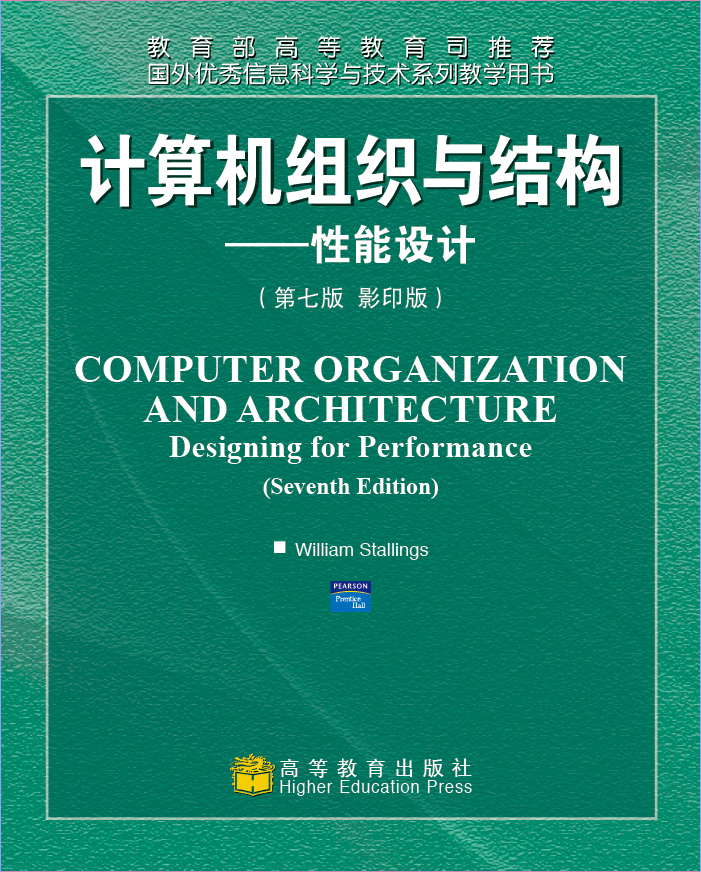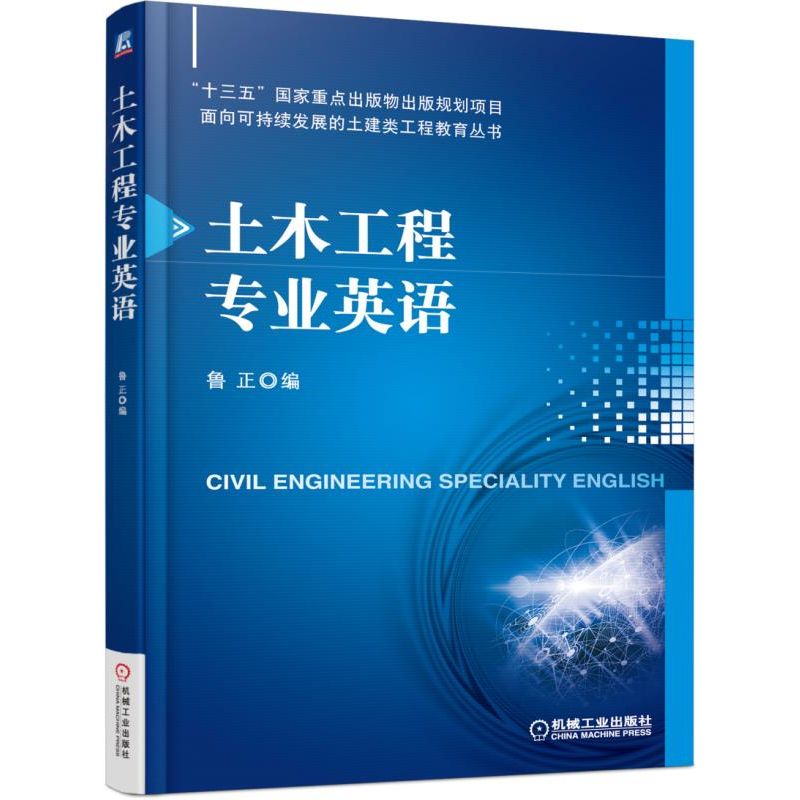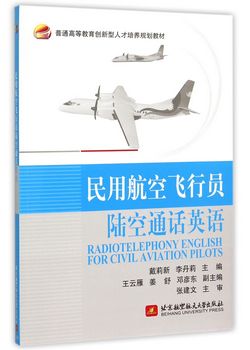金属与合金的表征 / 材料表征原版系列丛书
定价:¥108.00
作者: [美]布伦德尔 埃文斯 霍罗威
出版时间:2014-01
出版社:哈尔滨工业大学出版社
- 哈尔滨工业大学出版社
- 9787560342832
- 188300
- 2014-01
- TG14
内容简介
《金属与合金的表征》是材料表征原版系列丛书之一。全书共分10章,内容包括:界面分析和力学性能,化学性质,矿物加工和金属回收,熔炼和铸造,金属加工,涂层和薄膜,故障分析等。本书适合作为相关领域的教学、研究、技术人员以及研究生和高年级本科生的参考书。
目录
Preface to the Reissue of the Materials Characterization Series
Preface to Series
Preface to the Reissue of Characterization of Metals andAlloys
Preface
Acronyms Glossary
Contributors
INTRODUCTION
1.1 Purpose and Organization of the Book
MECHANICAL PROPERTIES AND INTERFACIAL ANALYSIS
2.1 Introduction
2.2 Grain Boundary Segregation
2.3 Temper Embrittlement
2.4 Corrosion and Stress Corrosion Cracking
2.5 Hydrogen Embrittlement
2.6 Creep Embrittlement
2.7 Future Directions
CHEMICAL PROPERTIES
3.1 Introduction
3.2 Tools of the Trade--Unique Information Available
3.3 Gaseous Corrosion
3.4 Aqueous Corrosion
3.5 Surface Electronic Structure and Chemistry
3.6 Surface Modification
3.7 Summary
SURFACE AND THIN FILM ANALYSIS OF DIFFUSION IN METALS
4.1 Introduction
4.2 The Mathematics of Diffusion
4.3 Effects of Non-Uniform Cross Sections
4.4 Effects of Finite Thickness
4.5 Analysis Techniques for Diffusion
4.6 Case Studies of Diffusion
4.7 Summary
MINERAL PROCESSING AND METAL RECLAMATION
5.1 Introduction
5.2 Techniques for Mineral Surface Characterization
5.3 Surface Bonding in Mineral-Fluid Systems
5.4 Complementary Composition Analyses of Rough and Polished Surfaces
5.5 Summary
MELTING AND CASTING
6.1 Introduction
6.2 Aluminum-Lithium Alloys
6.3 Aluminum-Magnesium Alloys
6.4 Rapidly Solidified Aluminum Alloy Powders
6.5 Cast Aluminum Alloy Metal Matrix Composites
6.6 Liquid Aluminum Alloys
6.7 Summary
MACHINING AND WORKING OF METALS
7.1 Introduction
7.2 Physical and Chemical Characterization
7.3 Lubrication
7.4 Surface Finish
7.5 Metalworking Example
7.6 Summary
CHARACTERIZATION OF THE CLEANING OF SURFACES OF METALS AND METAL ALLOYS
8.1 Introduction
8.2 Characterization of Cleaning Procedures
8.3 Specimen Handling and Interpretation of Data
8.4 Summary
COATINGS AND THIN FILMS
9.1 Introduction
9.2 Techniques for Creating Coatings and Thin Films
9.3 Techniques to Characterize Coatings and Thin Films
9.4 Studies of Coatings on Metals
9.5 Studies of Thin Films on Metals
9.6 Summary
FAILURE ANALYSIS
10.1 Introduction
10.2 Collaboration with the Applications Engineering Team
10.3 Failure Analysis Case Histories
10.4 Summary
APPENDIX: TECHNIQUE SUMMARIES
1 Auger Electron Spectroscopy (AES)
2 Cathodoluminescence (CL)
3 Dynamic Secondary Ion Mass Spectrometry (Dynamic SIMS)
4 Elastic Recoil Spectrometry (ERS)
5 Electron Energy-Loss Spectroscopy in the Transmission Electron Microscope (EELS)
6 Electron Probe X-Ray Microanalysis (EPMA)
7 Energy-Dispersive X-Ray Spectroscopy (EDS)
8 Extended X-Ray Absorption Fine Structure (EXAFS)
9 Field Ion Microscopy (FIM)
10 Fourier Transform Infrared Spectroscopy (FTIR)
11 Glow-Discharge Mass Spectrometry (GDMS)
12 High-Resolution Electron Energy Loss Spectroscopy (HREELS)
13 Inductively Coupled Plasma Mass Spectrometry (ICPMS)
14 Inductively Coupled Plasma-Optical Emission Spectroscopy(ICP-OES)
15 Ion Scattering Spectroscopy (ISS)
16 Laser Ionization Mass Spectrometry (LIMS)
17 Low-Energy Electron Diffraction (LEED)
18 Low-Energy Electron Microscopy (LEEM)
19 Magneto-Optic Kerr Effect (MOKE)
20 Medium-Energy Ion Scattering with Channeling and Blocking (MEIS)
21 Neutron Activation Analysis (NAA)
22 Nuclear Reaction Analysis (NRA)
23 Optical Micro-Reflectometry (OMR) and Differential Reflectometry (DR)
24 Optical Second Harmonic Generation (SHG)
25 Particle-Induced X-Ray Emission (PIXE)
26 Photoacoustic Spectroscopy (PAS)
27 Photoelectron Emission Microscopy (PEEM)
28 Photoluminescence (PL)
29 Reflected Electron Energy-Loss Spectroscopy (REELS)
30 Reflection High-Energy Electron Diffraction (RHEED)
31 Rutherford Backscattering Spectrometry (RBS)
32 Scanning Electron Microscopy (SEM)
33 Scanning Transmission Electron Microscopy (STEM)
3
Preface to Series
Preface to the Reissue of Characterization of Metals andAlloys
Preface
Acronyms Glossary
Contributors
INTRODUCTION
1.1 Purpose and Organization of the Book
MECHANICAL PROPERTIES AND INTERFACIAL ANALYSIS
2.1 Introduction
2.2 Grain Boundary Segregation
2.3 Temper Embrittlement
2.4 Corrosion and Stress Corrosion Cracking
2.5 Hydrogen Embrittlement
2.6 Creep Embrittlement
2.7 Future Directions
CHEMICAL PROPERTIES
3.1 Introduction
3.2 Tools of the Trade--Unique Information Available
3.3 Gaseous Corrosion
3.4 Aqueous Corrosion
3.5 Surface Electronic Structure and Chemistry
3.6 Surface Modification
3.7 Summary
SURFACE AND THIN FILM ANALYSIS OF DIFFUSION IN METALS
4.1 Introduction
4.2 The Mathematics of Diffusion
4.3 Effects of Non-Uniform Cross Sections
4.4 Effects of Finite Thickness
4.5 Analysis Techniques for Diffusion
4.6 Case Studies of Diffusion
4.7 Summary
MINERAL PROCESSING AND METAL RECLAMATION
5.1 Introduction
5.2 Techniques for Mineral Surface Characterization
5.3 Surface Bonding in Mineral-Fluid Systems
5.4 Complementary Composition Analyses of Rough and Polished Surfaces
5.5 Summary
MELTING AND CASTING
6.1 Introduction
6.2 Aluminum-Lithium Alloys
6.3 Aluminum-Magnesium Alloys
6.4 Rapidly Solidified Aluminum Alloy Powders
6.5 Cast Aluminum Alloy Metal Matrix Composites
6.6 Liquid Aluminum Alloys
6.7 Summary
MACHINING AND WORKING OF METALS
7.1 Introduction
7.2 Physical and Chemical Characterization
7.3 Lubrication
7.4 Surface Finish
7.5 Metalworking Example
7.6 Summary
CHARACTERIZATION OF THE CLEANING OF SURFACES OF METALS AND METAL ALLOYS
8.1 Introduction
8.2 Characterization of Cleaning Procedures
8.3 Specimen Handling and Interpretation of Data
8.4 Summary
COATINGS AND THIN FILMS
9.1 Introduction
9.2 Techniques for Creating Coatings and Thin Films
9.3 Techniques to Characterize Coatings and Thin Films
9.4 Studies of Coatings on Metals
9.5 Studies of Thin Films on Metals
9.6 Summary
FAILURE ANALYSIS
10.1 Introduction
10.2 Collaboration with the Applications Engineering Team
10.3 Failure Analysis Case Histories
10.4 Summary
APPENDIX: TECHNIQUE SUMMARIES
1 Auger Electron Spectroscopy (AES)
2 Cathodoluminescence (CL)
3 Dynamic Secondary Ion Mass Spectrometry (Dynamic SIMS)
4 Elastic Recoil Spectrometry (ERS)
5 Electron Energy-Loss Spectroscopy in the Transmission Electron Microscope (EELS)
6 Electron Probe X-Ray Microanalysis (EPMA)
7 Energy-Dispersive X-Ray Spectroscopy (EDS)
8 Extended X-Ray Absorption Fine Structure (EXAFS)
9 Field Ion Microscopy (FIM)
10 Fourier Transform Infrared Spectroscopy (FTIR)
11 Glow-Discharge Mass Spectrometry (GDMS)
12 High-Resolution Electron Energy Loss Spectroscopy (HREELS)
13 Inductively Coupled Plasma Mass Spectrometry (ICPMS)
14 Inductively Coupled Plasma-Optical Emission Spectroscopy(ICP-OES)
15 Ion Scattering Spectroscopy (ISS)
16 Laser Ionization Mass Spectrometry (LIMS)
17 Low-Energy Electron Diffraction (LEED)
18 Low-Energy Electron Microscopy (LEEM)
19 Magneto-Optic Kerr Effect (MOKE)
20 Medium-Energy Ion Scattering with Channeling and Blocking (MEIS)
21 Neutron Activation Analysis (NAA)
22 Nuclear Reaction Analysis (NRA)
23 Optical Micro-Reflectometry (OMR) and Differential Reflectometry (DR)
24 Optical Second Harmonic Generation (SHG)
25 Particle-Induced X-Ray Emission (PIXE)
26 Photoacoustic Spectroscopy (PAS)
27 Photoelectron Emission Microscopy (PEEM)
28 Photoluminescence (PL)
29 Reflected Electron Energy-Loss Spectroscopy (REELS)
30 Reflection High-Energy Electron Diffraction (RHEED)
31 Rutherford Backscattering Spectrometry (RBS)
32 Scanning Electron Microscopy (SEM)
33 Scanning Transmission Electron Microscopy (STEM)
3





